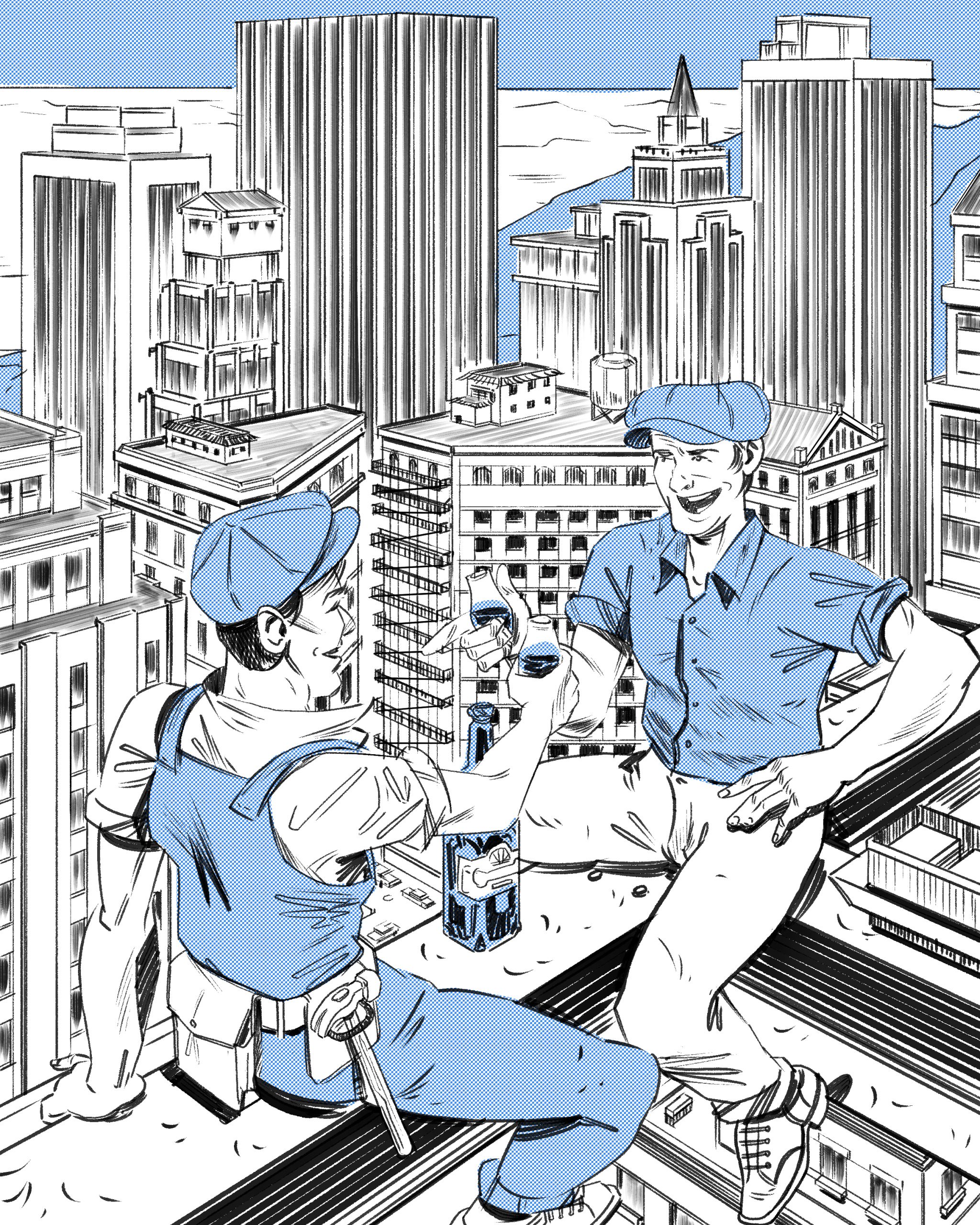
Making friends builds design systems
I’ve been a design system designer for the last five years, first at Blackboard building their New School Design System, and now at Webex scaling our design system, Momentum across Cisco’s Collaboration Business Group.
Building a design system is a very big challenge.
They’re incredibly important. They impact everyone across the software development landscape, hopefully for the better. However, because they’re a share service, it can be really difficult to tie design system work to the bottom line.
TL;DR: design systems don’t translate directly to dollars.
As a design system designer, this is your challenge. Whether you are a single design implementing something for your startup, or have a team of individuals building something that scales across a large organization, it is hard to get the resources you need to manifest your vision.
How do you build a design system at scale within your company?
Make friends.
What about all the pixel pushing? The rules? The guidance? The component libraries?
It’s all meaningless if you don’t have people who want to use it, who will share it with their colleagues, and jump in the trenches with you when you need help.
Are you a single design trying to make your product consistent? You need to make friends with some other designers. Or, perhaps you’re leading a small team, but have no engineering resources? Consider playing some smash bros with the front-end developers in the office.
Don’t let a lack of resources stand between you and the solution to your problem.
Listen intentionally.
When you start talking to people and making friends (particularly with those who will use your system), it’s vital that you understand what they need.
When I started at Webex, the first thing that we did as a team was engage in interviews with design and engineering teams across our organization. We approached it like a research project, asking a series of questions related to the design system, the person’s work, process, and pain points. Then we synthesized that information into a series of key insights.
Those key insights proved invaluable for directing our work moving forward. We shared our research and findings with everyone we spoke to. This not only validated our findings, but it helped us get buy-in from our design and engineering partners.
They felt heard and understood.
Letting the people you work with feel heard and understood is a game changer. You may not be able to do anything about their frustrations, but if you know about them, you can empathize and do something when it’s within your power to.
Cast vision.
As a design system designer lacking resources, you need to generate buy-in with people across your organization and sell them on your idea to scale. And you have a secret weapon: you have something that they need.
You can get rid of their busywork!
No one likes busy work. No one likes mindless recreating old solutions to the same problems. That why it should be easy for you to cast vision for a design system, because building one is all about scaling solutions. It’s allows designers and engineers to solve new creative problems for their users.
When you know what people need, cast a vision for how what you’re building will solve that need.
For us, we knew that designers were struggling with a lack of clarity and understanding with how to use our system, Momentum. We told them that we would prioritize organization and documentation. We told them that we would build a system that would make their work better, easier, and more unified.
Casting a clear vision for your design system requires that you demonstrate how it will help everyone using it. If you’re able to do that, then it will be easy to invite them into that vision.
Ask for help.
There’s this book that I read back in college call “The Art of Possibility”. In it, the authors, Rosamund and Benjamin Zander recount inspiring stories that provoke the reader to re-evaluate what’s possible in life. They introduce several novel ideas and concepts that can you can use to overcome challenges that confront you.
Do you know what my biggest take away from that book was?
It’s ok to ask for help.
You should try it. Today. You know that neighbor, who you’ve never met, but yet you see them walking their dog every evening? When you drive up to your house after picking up the groceries later today, ask him to help you put them away.
Nine times out of ten, instead of rejection, you will get a helping hand, a smile, and a new friend. A magical, relational connection will form. You’ll be reminded of the goodness of human beings.
Because people like helping others.
We invited designers across the organization who had contributed to the design system or had a strong understand of features within our product to be part of a space in webex. We had regular meetings with them and often my team or they would reach out about components or features that were under construction for feedback and alignment. This proved invaluable, especially to my team that was relatively new to Webex.
By building relationships, we were able to leverage their knowledge and expertise, even asking them to help when we didn’t have capacity to execute on our own.
Many of these members helped us rebuild components in our figma library, rework our color tokens, or build and document new components for our design system.
It’s not about you.
Design systems are not about you. They’re not about what you think is best, or what will make your life easier. They’re about the people who you are serving. They’re a tool for your users, and the only way your design system will work is if you pay very close attention to what your users needs. You need to build a community around your design system.
And you can start by making friends.
